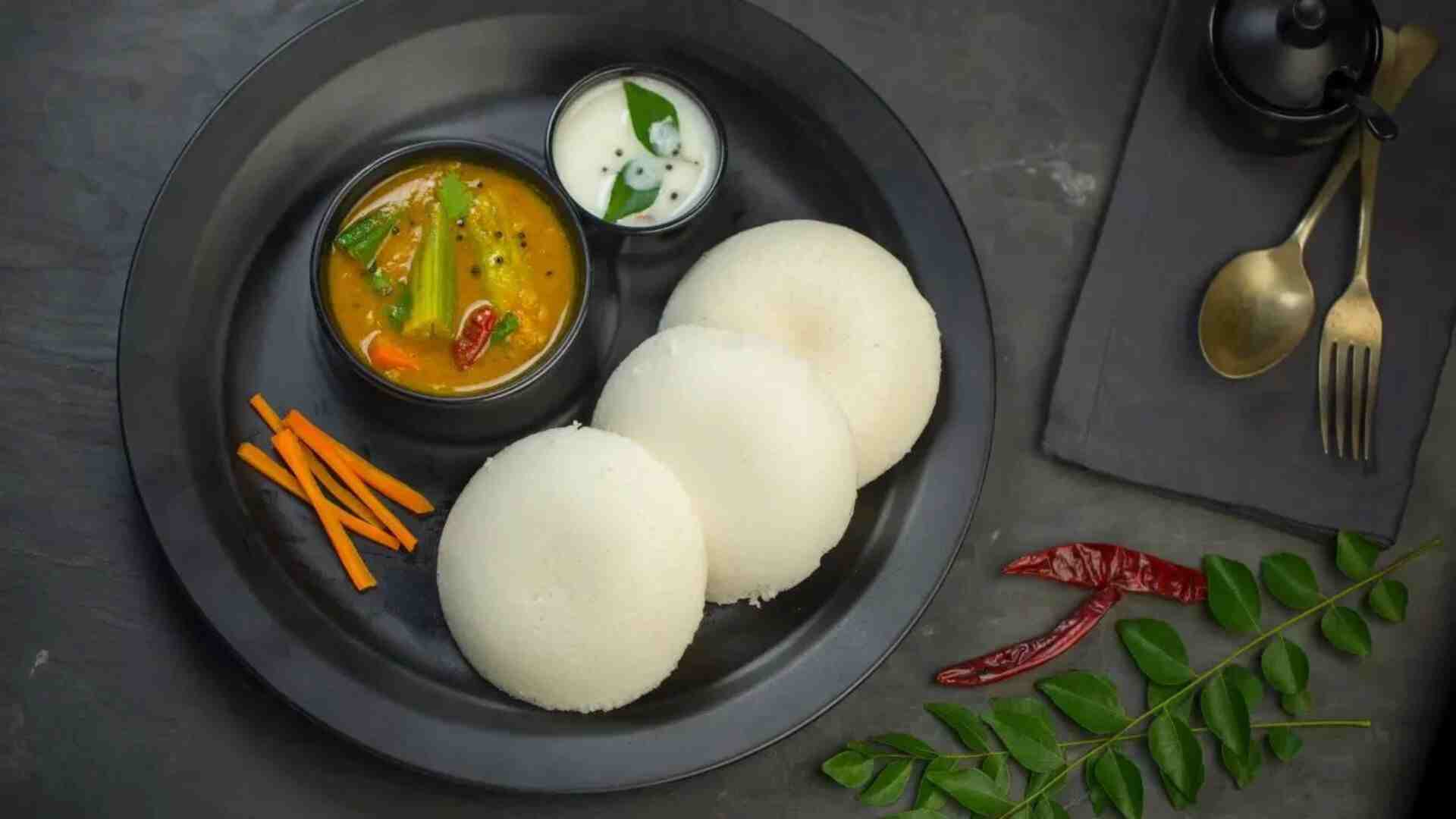Soft and spongy idlis are a popular breakfast choice in India. This traditional South Indian dish, often served with sambar and chutney, is typically made from fermented rice batter. Among its variations is the unique Kushboo idli.
Kushboo idli is renowned for its exceptionally soft and spongy texture, as well as its snow-white appearance. The most intriguing aspect of this idli is its name. It is believed to be named after the famous Tamil actress Kushboo, who was known for her fair complexion.
In Tamil Nadu and Karnataka, this dish is also known as mallige idli and malligai poo idli, respectively. “Mallige” and “malligai” both refer to the jasmine flower, symbolizing the idli’s delicate white color and texture, reminiscent of the flower’s petals. Although the exact origin of the name “Kushboo idli” is unclear, it has become a beloved dish in Tamil Nadu, widely replicated by both restaurants and home cooks.
The story of Kushboo idli dates back to around forty years ago when A Dhanabhagyam Amma began making the renowned Karunkalpalayam Khushboo idlis. Her exceptionally soft and flavorful idlis quickly gained popularity. To meet the increasing demand, she shared her recipe with 20 neighboring families, which helped her manage production. Eventually, even chefs from luxury hotels sought out Dhanabhagyam Amma’s idlis. Today, over 10,000 idlis are sold daily.
The distinct texture of Kushboo idli comes from its ingredients, especially sabudana (tapioca pearls or javvarisi) and flattened rice. Combined with urad dal and par-boiled rice, these ingredients create a batter that, when fermented, becomes light and airy. This results in an idli with a soft, sponge-like texture, perfect for a comforting breakfast.
To make Kushboo idli at home, follow this simple recipe:
Ingredients:
- 3/4 cup sabudana (javvarisi)
- 1 cup urad dal
- 3 cups par-boiled rice
- 1 tablespoon salt
- Baking soda, as needed
Method:
- Soak the sabudana, urad dal, and parboiled rice in water overnight.
- Grind the soaked sabudana with its soaking water into a smooth paste using a blender. Transfer this paste to a bowl.
- Grind the soaked and drained urad dal with up to a cup of ice water until smooth. Add this to the bowl with the sabudana paste.
- Grind the drained rice in 3-4 batches, adding water as needed. Combine this with the sabudana and urad dal paste in the bowl.
- Add salt to the batter and mix thoroughly by hand.
- Allow the batter to ferment in a warm place for 8-10 hours. In cooler climates, fermentation may take longer. After fermentation, gently mix the batter and store it in the refrigerator for up to 3 days.
- To cook, mix about 3 cups of batter with a pinch of baking soda, if desired, for extra fluffiness.
- Add water to the idli steamer and heat it on medium flame. Grease the idli plates with oil and pour the batter into the molds.
- Steam the idlis for 6-7 minutes on medium flame until cooked through and spongy. Enjoy!







